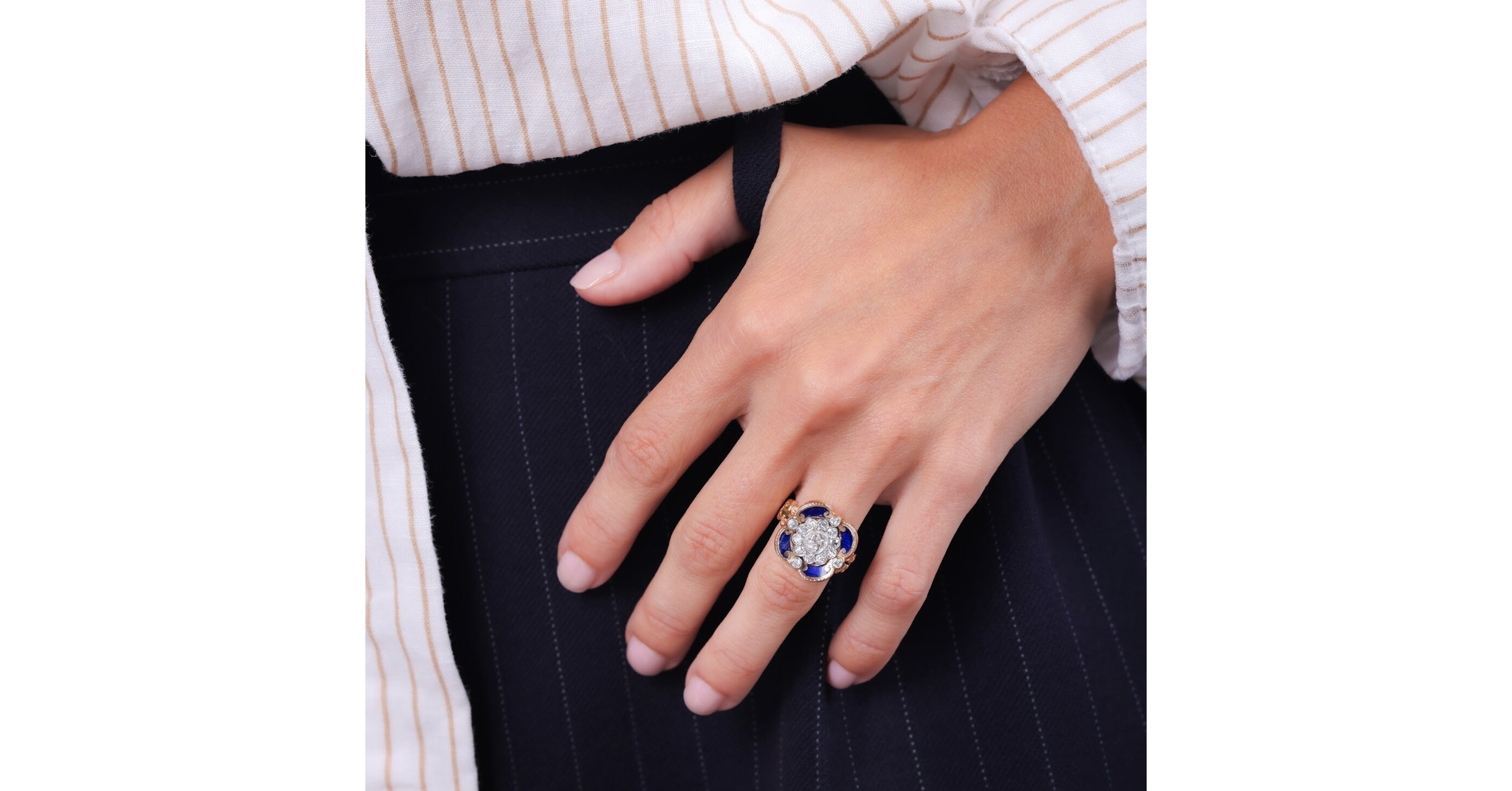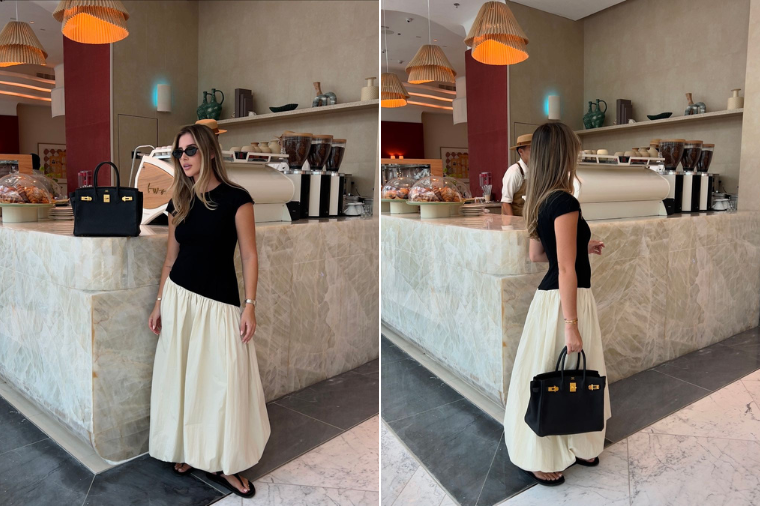Let’s start with a comparison of two countries: Country A: Once highly protectionist, with tariffs over 30%, it still imposes significant trade restrictions. Capital flows are tightly controlled, the banking sector is state-regulated, and foreign asset ownership is limited. Corruption, lack of elections, and weak intellectual property laws persist, making it a piracy hub.
Many state-owned enterprises survive on government subsidies despite losses. Country B has long maintained a highly protectionist trade policy, with industrial tariffs averaging 40-55%. Most of the population lacks voting rights, and electoral fraud is common.
Corruption is rampant, with government positions sold to political backers, and civil servants are not hired through competitive processes. Public finances are unstable, marked by frequent defaults, and foreign investors face significant discrimination. In banking, foreign shareholders are barred from leadership or voting roles unless they reside locally.
The absence of competition law enables unchecked monopolies, while intellectual property protection, especially for foreign copyrights, remains weak. Many may recognize Country A as China around 2010, but fewer may realize that Country B is the United States circa 1880, a time when it was poorer than China in 2010. As Ha Joon Chang notes in 23 Things They Don’t Tell You About Capitalism, nearly all wealthy nations, including Britain and the US, rose to prosperity through protectionism, subsidies, .


















